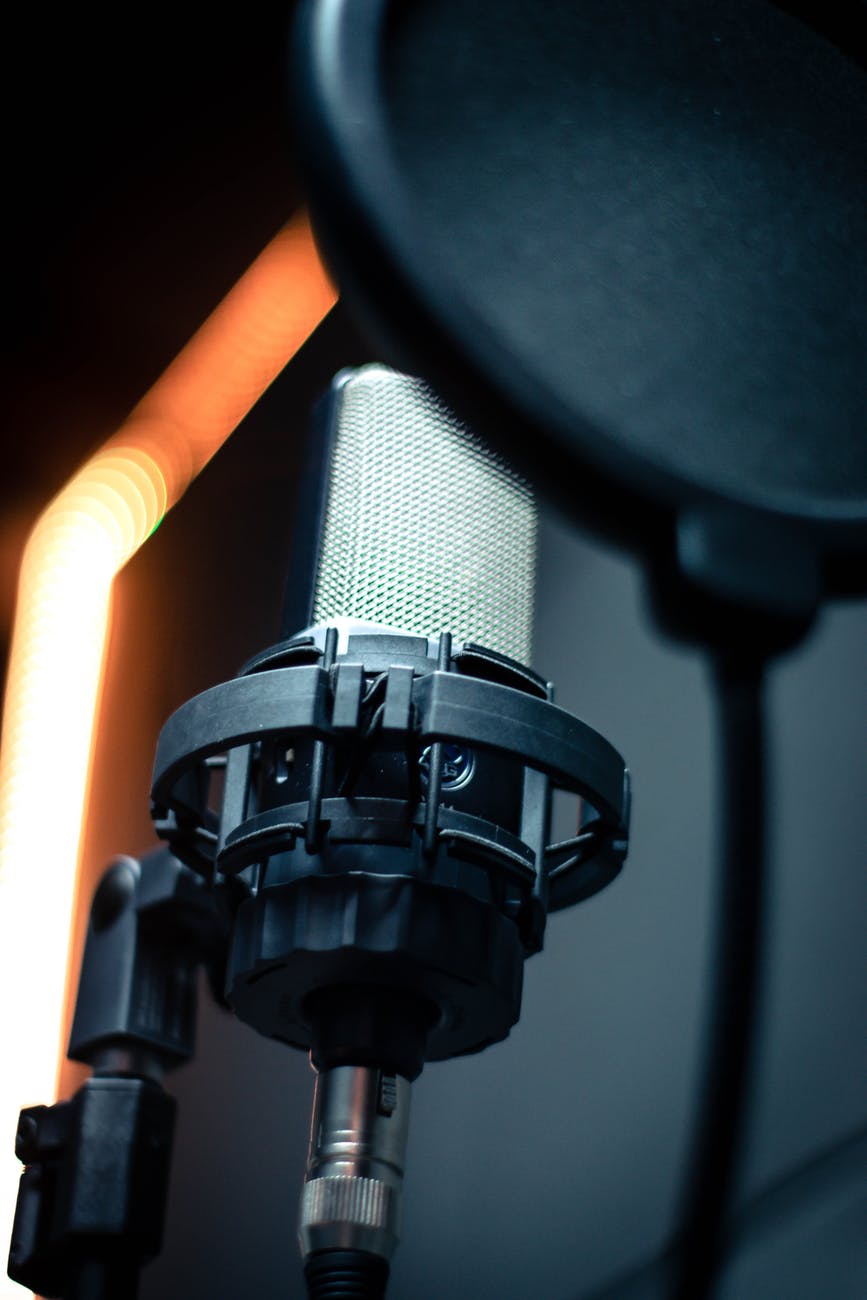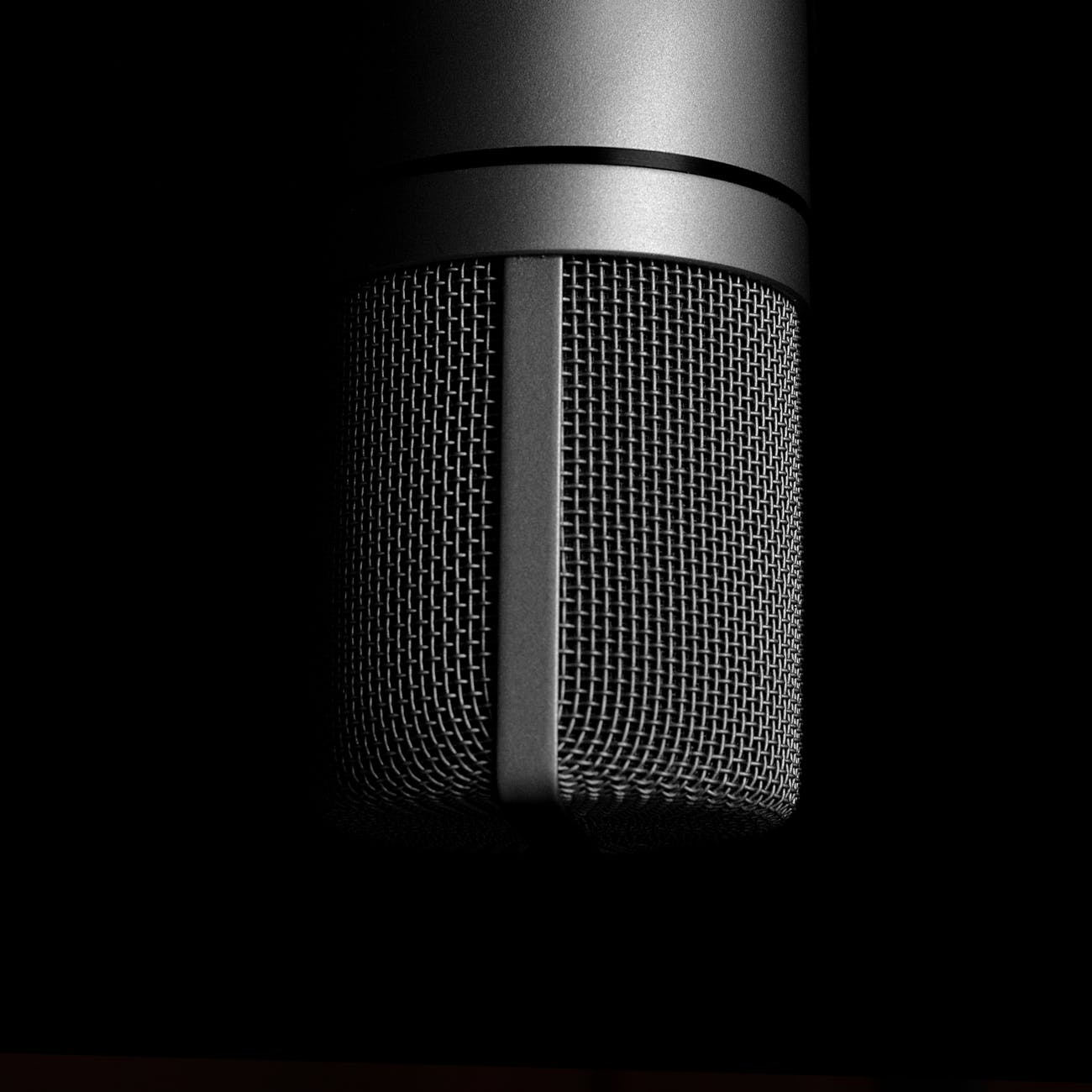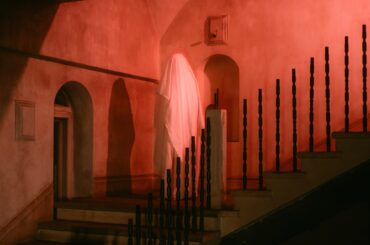For many years now, the reflection filter for microphones has been used in a wide variety of audio recording devices and applications. The term “reflection” itself is not based on any physical attribute or characteristic of any material. Rather, it is an indication of the way a sound wave changes as it passes over it. If you observe a person’s reflection in the water, you will notice that each speculum (individual ray) appears to be bent at the ends. This phenomenon is due to the reflection caused by any reflecting surface such as a mirror, water fountain, or even a wall.
How does Best Microphone Reflection Filter work? When a signal is reflected, the waves are altered slightly by the reflecting surface. Then the wave that has been reflected begins to alter even more before it reaches the receiving device. Thus, the change in the signal that is being amplified or reproduced on the receiving device results in a wave that has a different frequency than the one that was originally transmitted.
There are different types of filters used for reflection such as the Catalina Vibrometer, the NIDE-phase, the Neumann-Goring, and the Stocke Filter. Each of them exhibits a different characteristic, which imparts varying amounts of filtering. Some of the common examples of these filters include the Parabolic Reflective Fluxion Filter (PRF), the Nidekphase, the Neumann-Goring, and the Stocke.
A Nidekphase is a low-frequency device used in multi-frequency spectrum recording. The main advantage of this device is its ability to phase shift. It uses low-frequency vibrations from an acoustic source to generate an excitation at the receiving element. The excitation alters the wave pattern in such a way that the phase shifts from zero to the phase-shifted value. This technique can be applied for both sinusoidal and pulse-wave recording applications.
The Nidekphase Filter is a multi-band audio filter that possesses a high signal-to-noise ratio. It exhibits high-frequency enhancement at the high and mid frequencies, which results in a phase shift towards the lower frequencies. This filter is also used in conjunction with a mid-frequency follower. This allows the desired amount of limiting of the lower frequencies to be achieved.
The Nidekphase Filter has also been used in conjunction with the Neumann-Goring which exhibits a high-frequency limited absorption for high-frequency sounds. This is implemented through the use of a second-order resonator. The Goring also employs a second-order resonator. These two devices are implemented to achieve the same result as the Parabolic Reflective Fluxion Filter.
A third device, the Neumann-Goring employed a second-order resonator. This is also used in conjunction with another filter called the Stochastic Noise Gate. The Stochastic Noise Gate takes the waveform of the sound and changes it into a higher frequency. This then changes the phase of the sound resulting in a different sound frequency.

For the best results, the Neumann-Goring and Nidekphase Filter should be used in conjunction with each other. These filters also work well when combined in a fourth-order high-frequency follower. The high-frequency follower has a high notch frequency that produces a high-frequency sound effect when the sound waves travel through it. On the other hand, the Nidek Phase Correction Filter can be used for more precise directional control over the low and high frequencies. As it involves a very fine level of automation, it can be used for many applications where a direct effect on the sound is required.
There are times when we want to slightly adjust a parameter such as the amplitude or the phase. We can do this by making a few clicks on the mouse. There are also those times when we want to remove a component of the sound wave that was not necessary. For instance, if we have a speaker that has a little bit of treble, then we could remove it by clicking a pedal so that only the bass and treble notes will be played. In most cases though, we want to keep these components, which are normally present in the original sound, so that they can give us a great sound experience.
One of the advantages of using a reflection filter for the microphone is that it makes the sound very controlled. There will be no muddy sounds, which can be produced by an open valve or by connecting microphones in ways that are not intended. A well-made microphone will not only capture the sounds from the surroundings but will also preserve them for later playback.
With reflections, the sound wave will emerge from a surface at a certain angle. This will determine the direction in which the sound waves will travel through the air. It also determines how far away the listener will be able to hear it. You can adjust this angle through a reflection filter so that you can make sure that all sounds get recorded. If you are recording vocals, then this setting will make sure that each voice is distinct and articulated.





